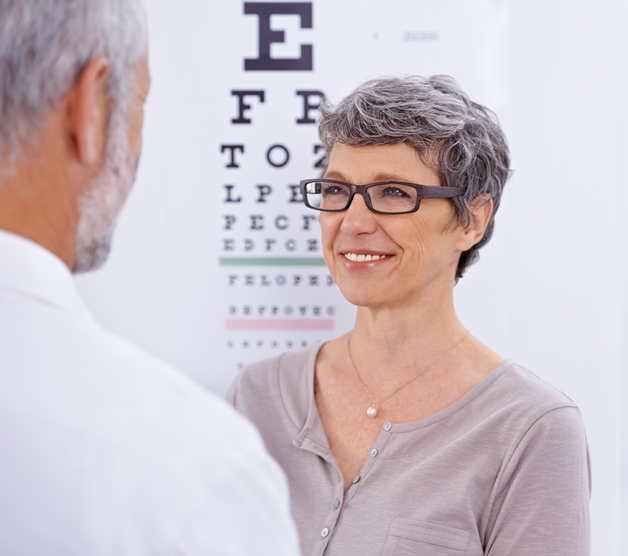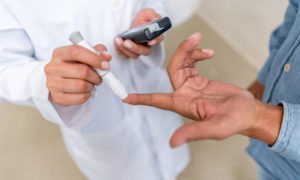By Mark Wright, OD, FCOVD,
and Carole Burns, OD, FCOVD
ROB Professional Editors

Delivering bad news to patients is part of the job of being a doctor. Macular degeneration and glaucoma are just two of the common diagnoses that we must communicate to patients that are bad news. But, how well have we been trained to deliver bad news?
A questionnaire was given to the Baylor University Medical Center doctors asking whether a didactic program on delivering bad news was needed.
Here’s what they found: “… 91 percent of respondents perceived delivering bad news as a very important skill, but only 40 percent felt they had the training to effectively deliver such news …”
There are several approaches that address how to deliver bad news to patients. Let’s take a quick look at two of the approaches.
One approach to delivering bad news uses the acronym SPIKES.
S: setting up the interview
P: assessing the patient’s perception
I: obtaining the patient’s invitation
K: giving knowledge and information to the patient
E: addressing the patient’s emotions with empathetic responses
S: strategy and summary
Another model for delivering bad news uses the acronym ABCDE.
A: advance preparation
B: build a therapeutic environment/relationship
C: communicate well
D: deal with patient and family reactions
E: encourage and validate emotions
Notice the similarities between these two models. First, there is homework. Know the patient’s condition, possible treatment approaches and potential outcomes. Second, make sure you have established trust with the patient and understand the patient themselves. Third, don’t just drop information in the patient’s lap and move on to the next patient, but instead, slow it down. Obtain the patient’s invitation to share the news with them, then, communicate well by giving knowledge and information to the patient.
But don’t stop there. It’s not enough to just tell people information. You must observe and address the patient’s (and often the patient’s family’s) emotional response with empathetic responses. We once heard the definition of sympathy is “I’m sorry you are going through this” and the definition of empathy is “I want to help you as you go through this.” Show an empathetic response. Validate emotional responses. And then, come up with a strategy to move forward. Bad news without a plan is just bad news, but, bad news with a plan gives hope.
Take this week to create the protocol that you will use in your office to deliver bad news. Find books, videos and educational programs to help your doctors and your staff become educated in the best ways to deliver and manage bad news.
References
https://www.ncbi.nlm.nih.gov/pmc/articles/PMC4677873/
Baile WF, Buckman R, Lenzi R, Glober G, Beale EA, Kudelka AP. SPIKES—a six-step protocol for delivering bad news: application to the patient with cancer. Oncologist. 2000;5(4):302–311.
Rabow MW, McPhee SJ. Beyond breaking bad news: how to help patients who suffer. West J Med. 1999;171(4):260–263.

























